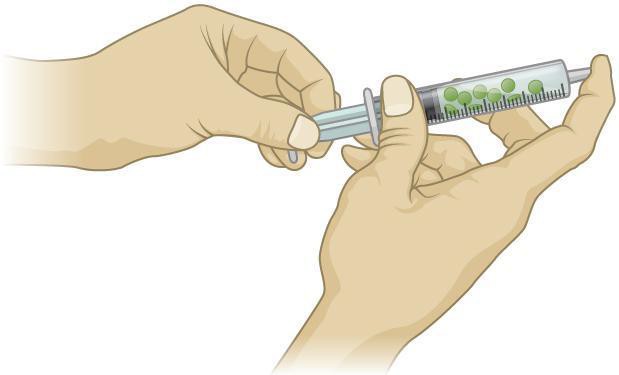Dependence of Photosynthesis on Light Availability
Learning Objectives
After completing the lab, the student will be able to:
- Measure photosynthesis by oxygen production.
- Examine dependence of photosynthesis on light availability.
Introduction
Several environmental factors influence the light-dependent reaction of photosynthesis. In this activity, you will investigate the rate of the light-dependent reaction by measuring indirectly the production of oxygen. Pieces of leaf are suspended in a solution of bicarbonate. A small drop of dishwashing soap in the solution breaks the surface tension of the leaf disks and allows the bicarbonate to penetrate inside the leaf. The bicarbonate in the solution provides a source of CO2 for photosynthesis. The inner leaf spaces in a leaf are normally filled with air. When a bicarbonate solution is forced into those air spaces, the leaf disks become heavier and sink to the bottom of the solution.
As photosynthesis proceeds, the oxygen produced by Photosystem II (PSII) pushes liquid out of the air spaces and eventually bubbles out of the disks, which float to the surface.
We will compare two plant species (with differently colored leaves), and compare a beaker exposed to lamp light to another wrapped in foil to exclude light. Do you expect darker or lighter leaves to photosynthesize more? What about leaves exposed to light vs. deprived of light? Record both predictions in your notebook, with brief explanations.
Safety Precautions
- Wear goggles and an apron
- Use caution while working with the lamp as light bulbs become very hot
- Use caution while handling glass
Materials
- Plant material: intact leaves of spinach and iceberg lettuce.
- Sodium bicarbonate powder
- Two plastic 60 mL syringes
- Beakers
- Dishwashing soap
- Scissors
- Lamps (LED)
- Aluminum foil
For this activity, you will work in pairs.
Procedure
Step 1: Weight 3.4 grams of sodium bicarbonate (baking soda) into a beaker, and top up to 200 ml of water. This is a 0.2 M (molar) solution. Add a small amount of dishwashing liquid, and mix.
Step 2: Using scissors, cut 20+ small squares of approximately equal size from spinach, and 10 from lettuce. Place all 20 spinach pieces into one syringe, the 10 lettuce pieces into the other syringe.
Step 3: Draw approximately 1/3 of the spinach syringe full of sodium bicarbonate (with soap), and then point the tip upwards. Squeeze the plunger to purge the air from the cylinder, and then place your finger over the open tip. Pull the plunger back out as far as you can (it will resist because of the vacuum being created). Shake the syringe a bit while doing so, to wash all pieces of leaf down into the fluid (vs. clinging to the edge). Hold in this state for 1-2 minutes, and then remove your finger from the tip, to allow air back in. Repeat these steps until all the pieces of leaf sink to the bottom when you remove your finger (or get as many to sink as you can). You can draw in more solution if needed, which helps if the plunger gets too difficult to pull. Repeat with the other syringe and lettuce.

Figure 11.3: Pulling the barrel of the syringe and capping the tip with a finger creates a vacuum inside the syringe.
Step 4: Dump the spinach pieces into two beakers, and the lettuce into a third, rearranging the spinach pieces and so that they end up with equal amounts of leaf pieces (approximately) in both spinach beakers. Fill the beakers with solution so they are c. 2″ deep, equal in each beaker. Estimate the percentage of the leaf pieces that are floating in all three beakers (count exactly if you can). Record in your notebook, in a table. Have one column for present percentage floating, and another for the percentage that will be floating in one hour.
Step 5: Wrap one spinach beaker in aluminum foil. Place the other two in front of the lamps.
Step 6: In one hour, record the percentage of pieces floating in each beaker. Record these in the table.
Step 7: More photosynthesis will create more oxygen (a product of photosynthesis is O2), which will replace the sodium bicarbonate in the leaves, and make them float. Did the spinach exposed to light exhibit more flotation than the spinach without light? Did it exhibit more flotation than the lettuce? Answer in your lab notebook, and state whether your results were as expected.

